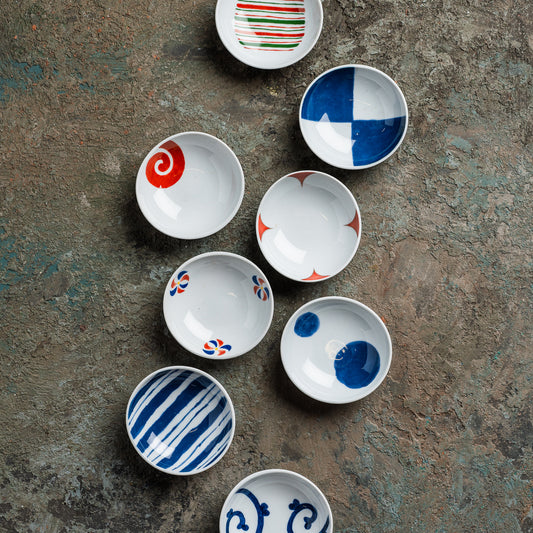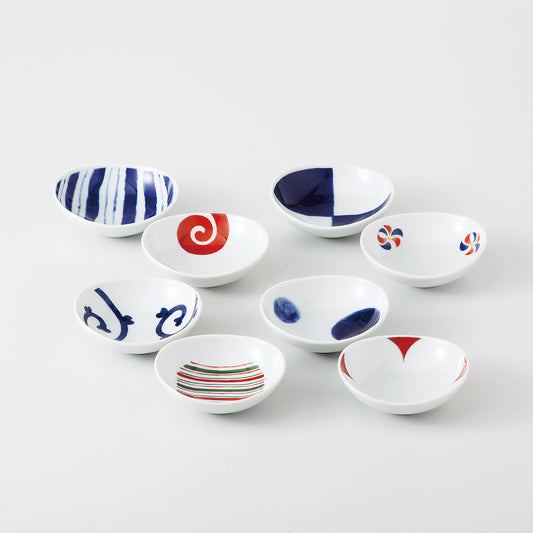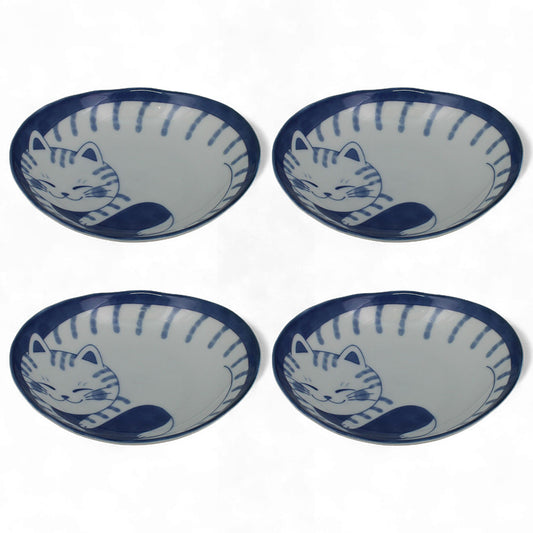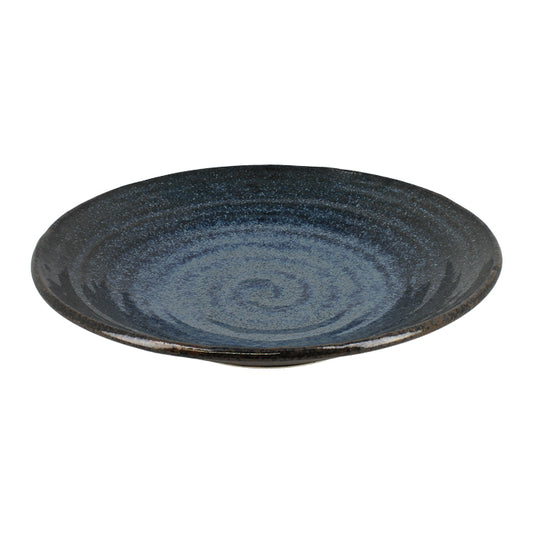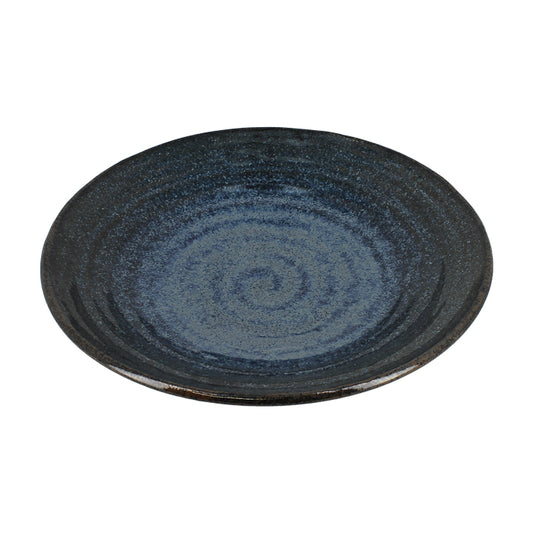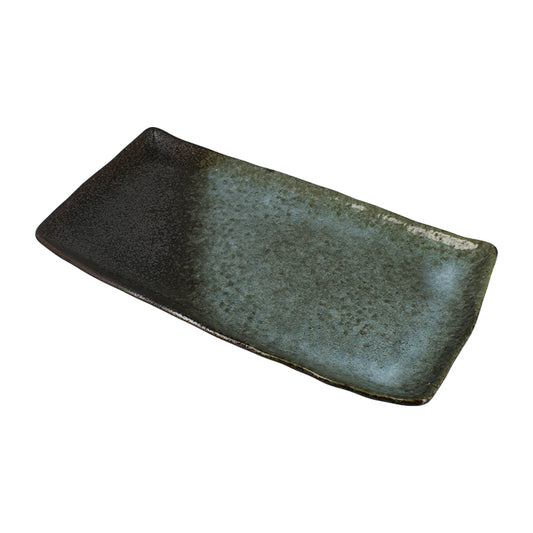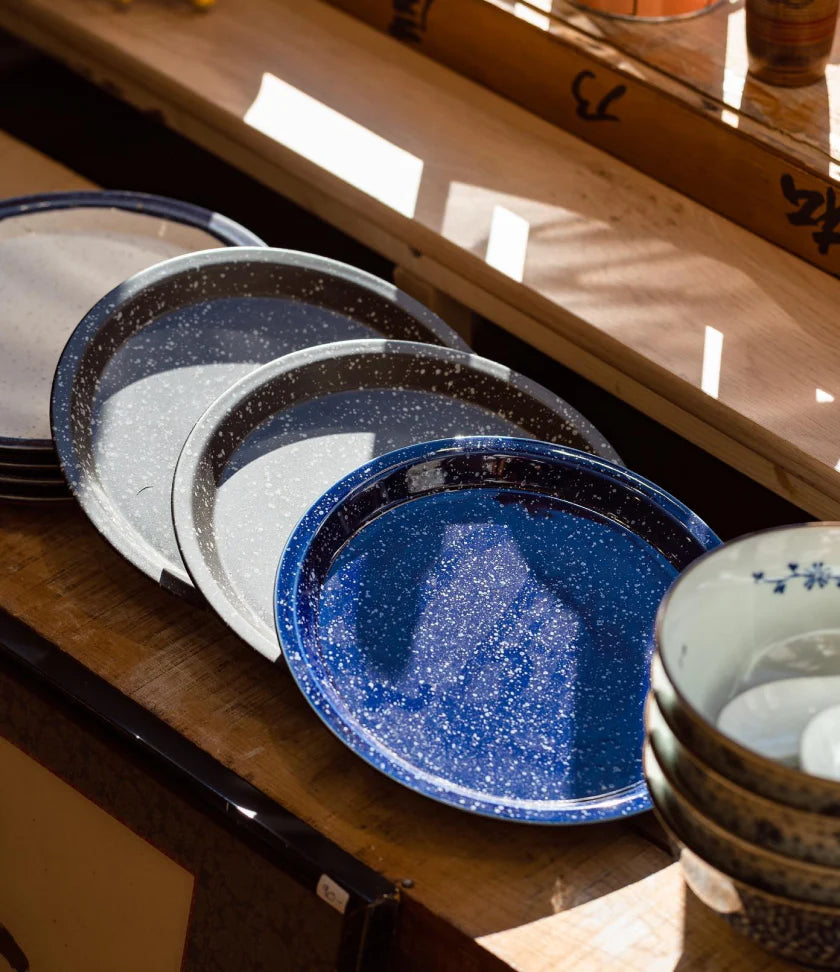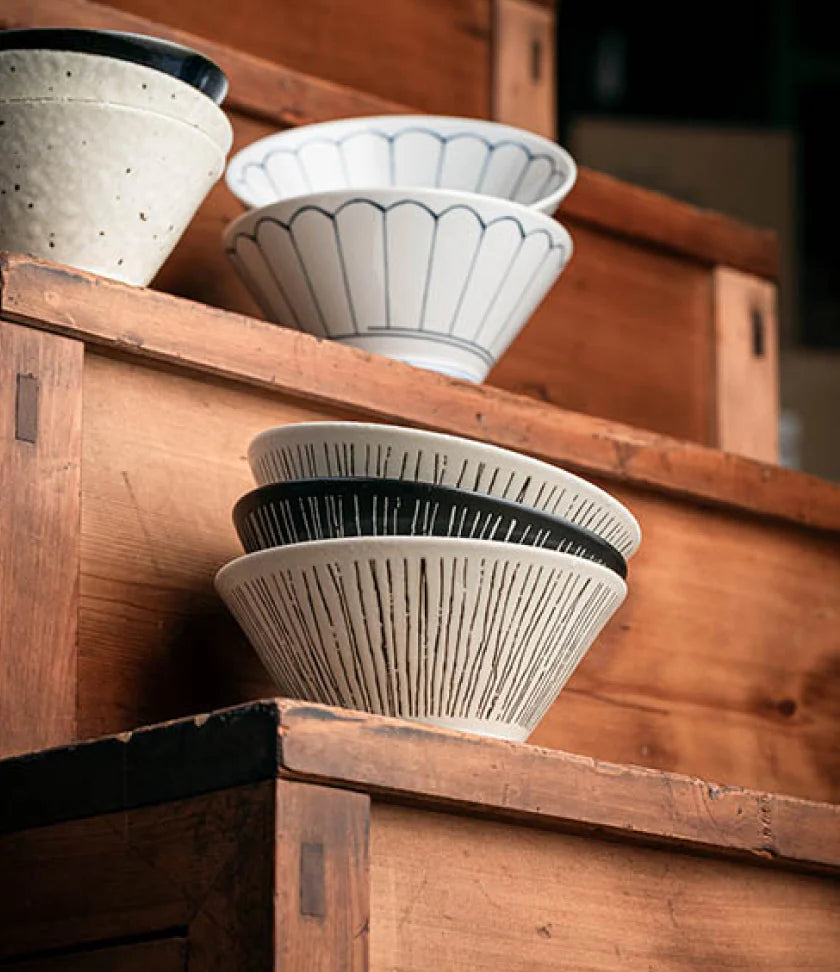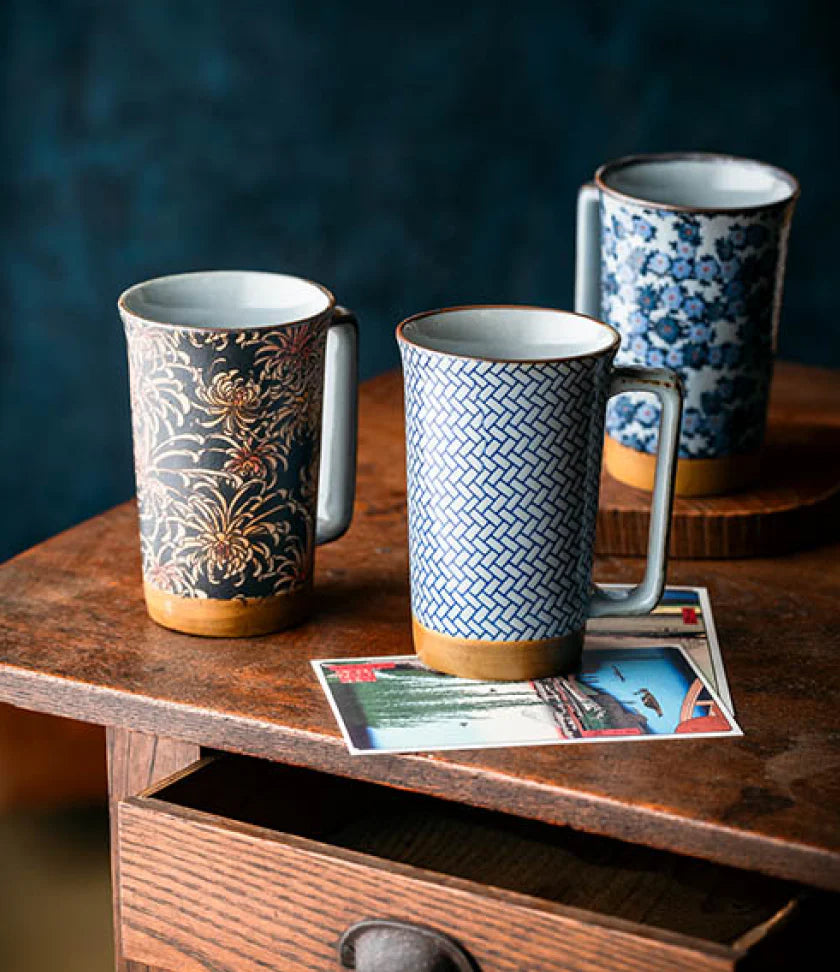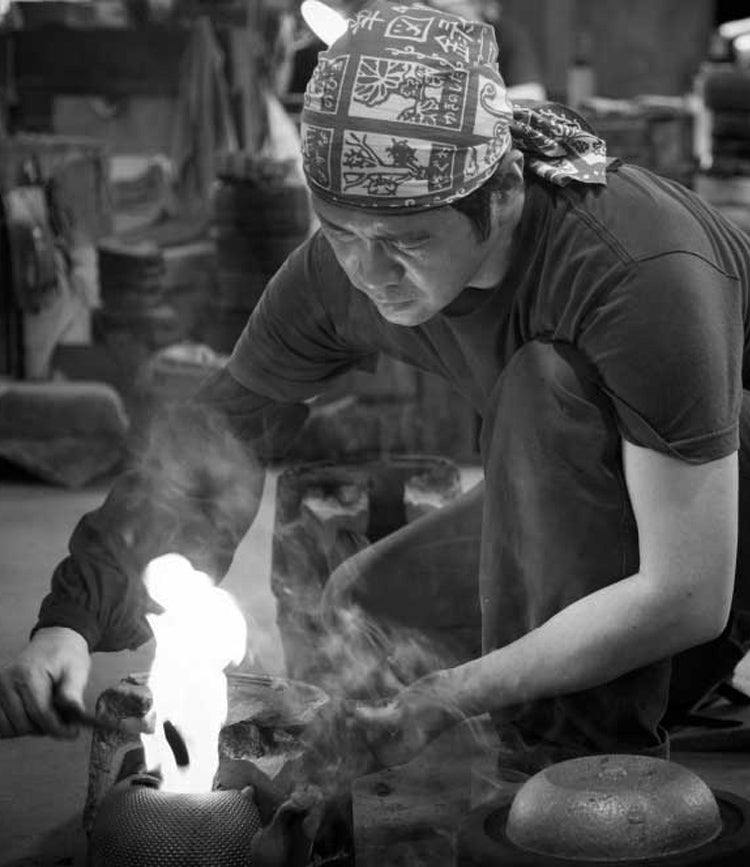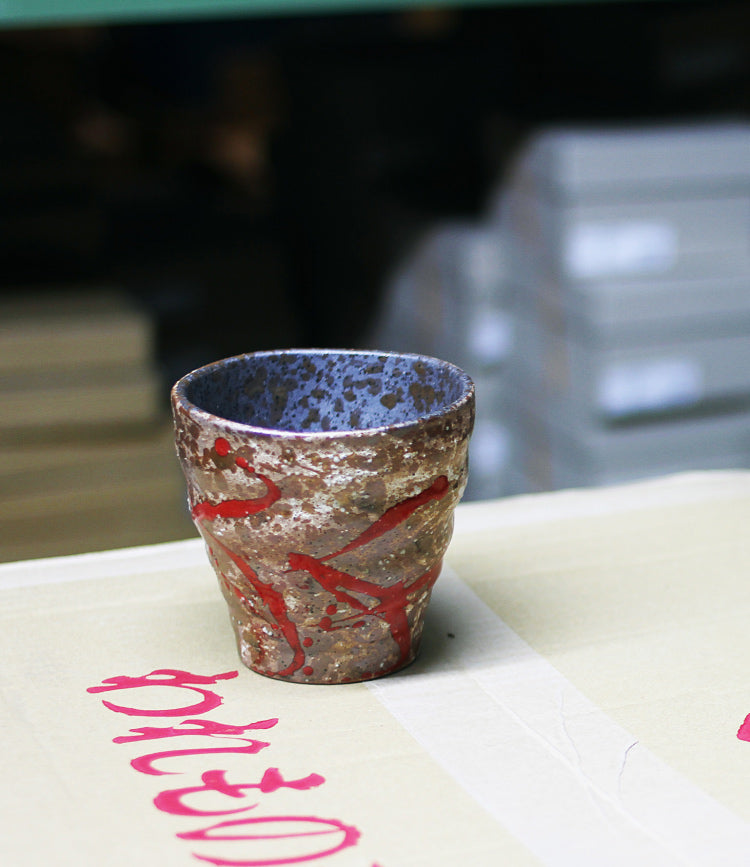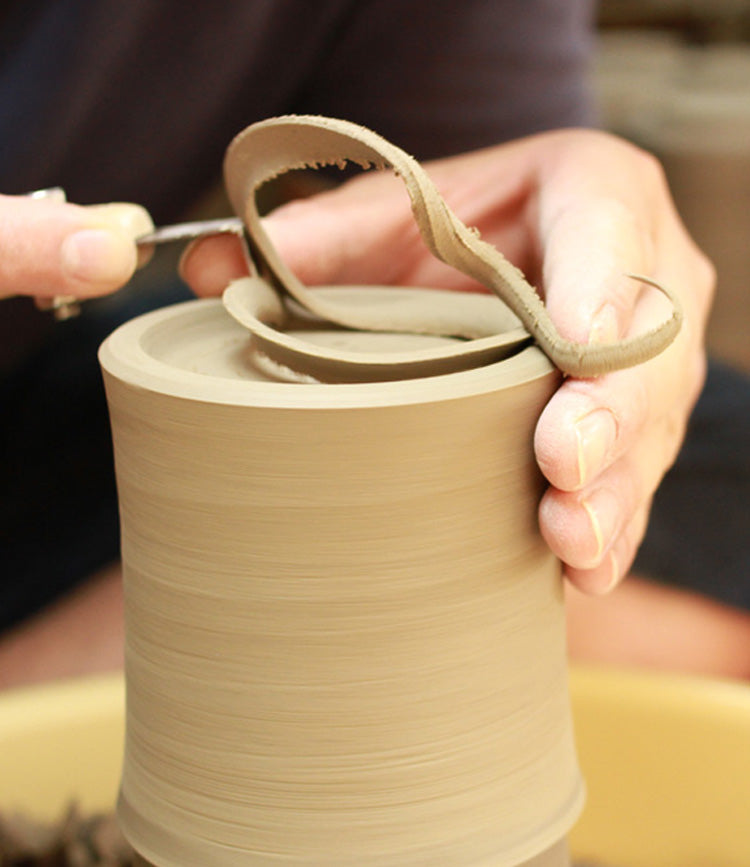
Ceramics: origin, technique and development
In Japan, ceramics [in Japanese tojiki陶磁器, yakimono焼きもの or tōgei陶芸] is a very ancient form of art: it dates back, in fact, to the Jōmon period (11,000 – 400 BC) where the Japanese began to use natural raw materials to make utilitarian, aesthetic or ritual objects.
In Japan, ceramics [in Japanese tojiki陶磁器, yakimono 焼きもの or togei 陶芸] is a very ancient form of Art: it dates back, in fact, to the Jōmon period (11,000 – 400 BC) where the Japanese began to use natural raw materials to make utilitarian objects , aesthetic or ritual. Its production has continued to the present day and is available in a wide range of techniques: from vitreous porcelain with a classic pattern to stoneware, with a more raw and porous appearance. These two main categories of ceramics result from their firing temperature. Vitrified type ceramic, with very fine grain, owes its appearance to the white clay used to make it and its firing temperature, above 1200 degrees Celsius, gives it resistance and deep vitrification. So-called porous ceramic, which is thicker and warmer, is fired at a lower temperature, which makes it more delicate than its cousin porcelain.
Between the Heian period (794-1185) and the Muromachi period (1336-1568), Japanese ceramics experienced a particularly rich and fertile period. Thus, the shapes of utensils become more elaborate and sought-after but we also see, thanks to the tea ceremony, new pieces being born, such as the Cha-Ire and the bowl Temmoku . The great boom took place in the 15th century: the liberalization of trade with China led to a massive importation of Japanese ceramics. It was during this period that many kilns were built in Japan and the “six ancient kilns” ( rokkoyô ), considered to be the most famous in the Archipelago, were created: Bizen (Okayama); Tanba (Hyôgo); Shigaraki (Shiga); Echizen (Fukui); Tokoname and Seto (Aichi). These six sites, which still glow red today, were included in Japan's cultural heritage list in 2017.
Today, in order to perpetuate this centuries-old heritage, competitions and prizes are awarded each year. This is not a sign of a decline in interest in the field, on the contrary: production remains substantial and traditional pottery happily rubs shoulders with more modern creations. Truly considered an Art, in the same way as painting and sculpture, Japanese ceramics still remain as highly esteemed and it is found on a daily basis in the lives of the inhabitants of the Archipelago. The true Japanese art of living.
